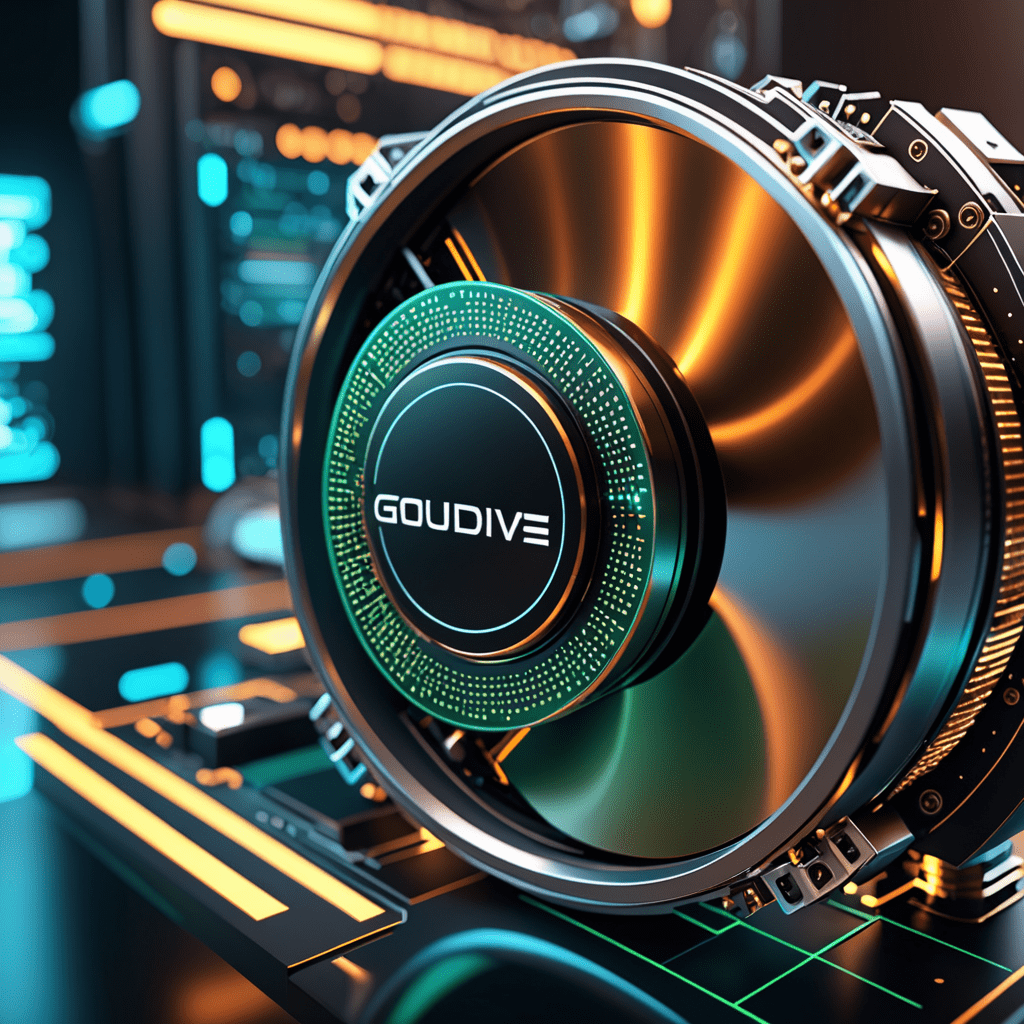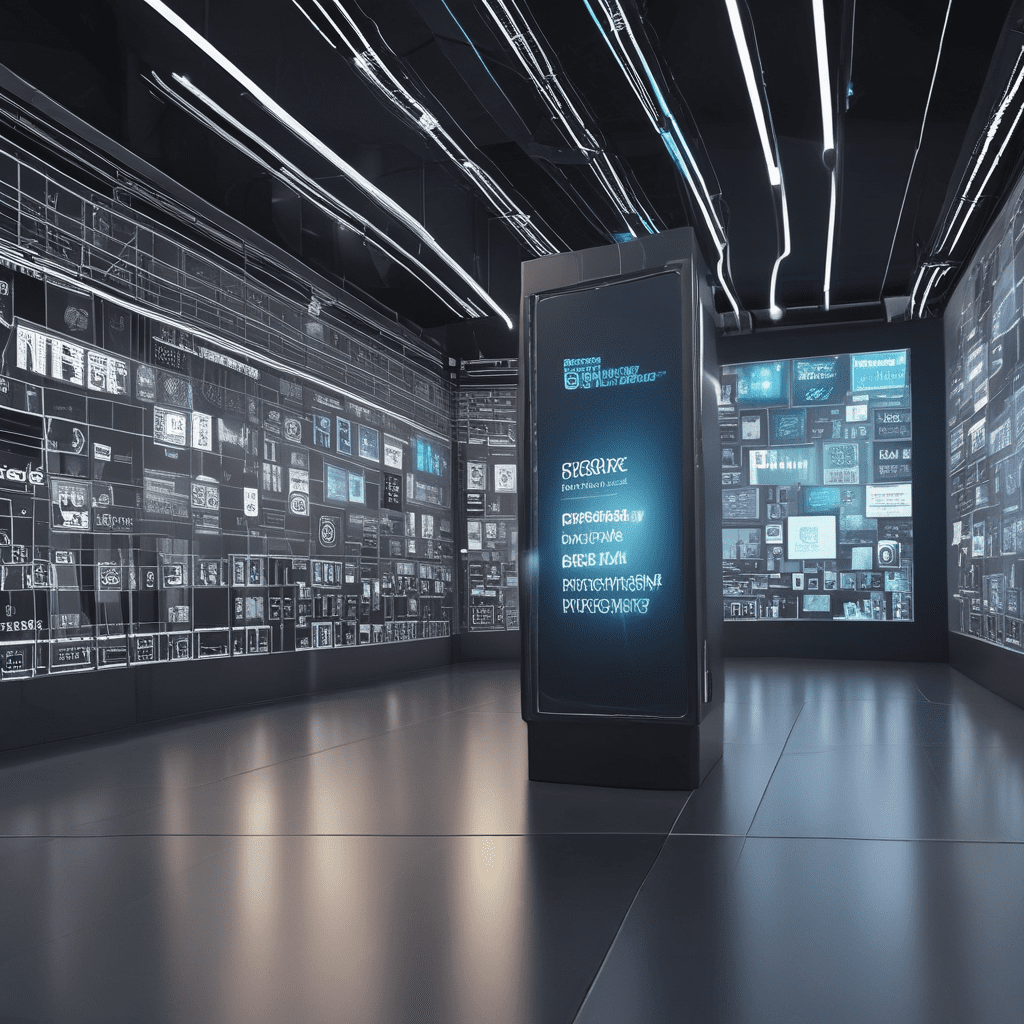Accelerate Your Machine Learning with GPU Technology
The Power of GPU for Machine Learning
Graphics Processing Units (GPUs) are revolutionizing the field of machine learning by significantly accelerating training and inference tasks. Unlike traditional Central Processing Units (CPUs), GPUs are optimized for parallel processing, making them ideal for handling the complex computations involved in training deep learning models.
Using GPUs for Machine Learning
To harness the power of GPUs for machine learning, you can leverage libraries such as TensorFlow, PyTorch, and Keras, which offer seamless integration with GPU acceleration. By simply installing the necessary drivers and libraries, you can configure your machine learning environment to utilize the computational capabilities of GPUs.
Configuring Your Machine for GPU Acceleration
To begin using GPUs for machine learning, you first need to ensure that your system is equipped with a compatible GPU. NVIDIA GPUs are widely favored for their excellent performance in machine learning tasks. Once you have the hardware in place, you can install the appropriate GPU drivers and libraries to enable GPU acceleration within your machine learning framework.
Training Deep Learning Models with GPU
When training deep learning models, the parallel processing capabilities of GPUs result in significant performance improvements compared to using CPUs. As a result, training times are greatly reduced, allowing for faster experimentation and iteration with complex neural network architectures.
GPU-Accelerated Inference
Besides training, GPUs also excel at accelerating inference, where trained models make predictions on new data. This enables real-time applications such as image recognition, natural language processing, and autonomous driving to leverage the rapid computational throughput of GPUs for responsive decision-making.
Advantages of GPU Acceleration
The use of GPUs for machine learning offers several distinct advantages, including:
- Drastic reduction in training times
- Ability to handle large datasets with complex models
- Efficient scaling for deep learning workloads
- Enhanced performance in real-time inference applications
Considerations for GPU Usage
While GPUs offer compelling benefits for machine learning, there are important considerations to keep in mind:
- Cost and power consumption: GPUs can be expensive and consume more power than CPUs, necessitating a thoughtful cost-benefit analysis.
- Compatibility and driver updates: Ensuring compatibility between GPU hardware, drivers, and machine learning frameworks is crucial for seamless operation.
- Resource allocation: Balancing GPU usage across multiple concurrent tasks or users in a shared environment requires efficient resource management.
Utilizing GPU Cloud Services
For those without dedicated GPU hardware, cloud-based GPU services, such as Amazon Web Services (AWS) and Google Cloud Platform, offer the flexibility of accessing GPU resources on-demand. These platforms provide the capability to provision powerful GPU instances, enabling users to conduct machine learning experiments without hardware constraints.
FAQ: Utilizing GPU for Machine Learning
Q: Can any machine learning framework be accelerated using GPUs?
A: While popular frameworks like TensorFlow and PyTorch have built-in support for GPU acceleration, not all machine learning frameworks may fully leverage GPU capabilities.
Q: Are there specific models or tasks that benefit most from GPU acceleration?
A: Deep learning models, particularly those involving large-scale neural networks and extensive training data, stand to gain the most from GPU acceleration. Tasks like image classification, object detection, and natural language processing often exhibit substantial performance improvements when run on GPUs.
Q: Do I need a high-end GPU for machine learning?
A: While high-end GPUs deliver superior performance, even mid-range GPUs can significantly accelerate machine learning tasks. The specific requirements depend on the complexity of the models and the scale of the datasets being used.
Q: Can GPUs be used for real-time inference in production systems?
A: Yes, GPUs are commonly employed for real-time inference in various production systems, including autonomous vehicles, healthcare diagnostics, and recommendation engines, due to their ability to rapidly process incoming data and generate timely predictions.



